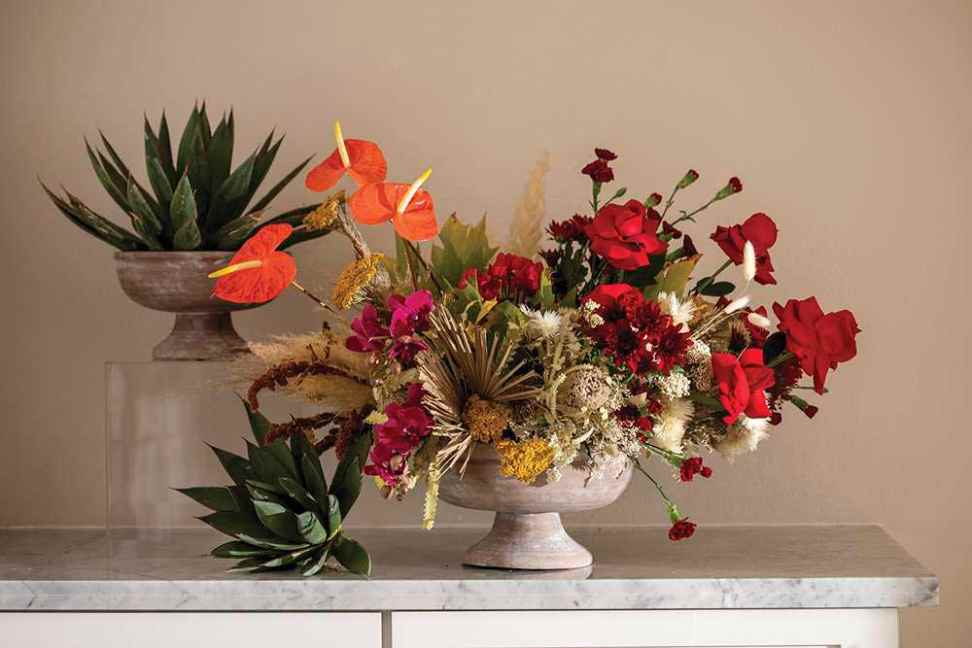King 567, Betbhai247, Apbook247: Floral arranging is the art of creating visually pleasing displays using various types of flowers and greenery. It involves selecting the right combination of blooms, considering factors such as color, texture, size, and shape to produce a harmonious composition. Through floral arranging, individuals can express their creativity and convey different emotions or messages through the choice and placement of flowers.
The practice of floral arranging dates back centuries, with civilizations around the world incorporating flowers into their ceremonies and traditions. While the styles and techniques have evolved over time, the fundamental essence of floral arranging remains the same � the thoughtful arrangement of botanical elements to enhance spaces and evoke feelings of beauty and tranquility. Whether for special occasions or everyday decor, floral arranging continues to be a beloved art form that brings joy and elegance to any setting.
� Floral arranging involves selecting the right combination of blooms
� Factors to consider include color, texture, size, and shape
� It allows individuals to express creativity and convey emotions or messages through flowers
� The practice dates back centuries with civilizations incorporating flowers into ceremonies and traditions
� Styles and techniques have evolved over time but the essence remains the same
� Floral arranging enhances spaces and evokes feelings of beauty and tranquility
� It is a beloved art form for special occasions or everyday decor
History of Floral Arranging
Floral arranging dates back thousands of years to ancient civilizations such as the Egyptians, Greeks, and Romans. In these early societies, flowers were used not just for decorative purposes, but also for medicinal and religious reasons. The practice of floral arranging evolved over time, with different regions creating their own unique styles and techniques.
During the Middle Ages in Europe, floral arranging became more formalized and symbolic. Flowers were often arranged in specific patterns and designs to convey coded messages and meanings. This tradition continued into the Renaissance period, where floral arrangements were highly prized and showcased the wealth and status of the individual or family. Over the centuries, floral arranging has adapted and evolved, reflecting different cultural influences and artistic movements.
Basic Principles of Floral Design
When creating floral arrangements, it is essential to consider proportion and scale. Size matters when arranging flowers – balance the size of flowers and foliage to create a harmonious composition. Remember to also consider the container’s size in relation to the flowers to ensure they complement each other.
Another fundamental principle of floral design is color theory. Take into account the color wheel when selecting flowers to ensure a cohesive color scheme. Complementary colors, analogous colors, or monochromatic schemes can be used to create different moods and visual impacts in your floral arrangement.
What is floral arranging?
Floral arranging is the art of creating beautiful and harmonious compositions using a variety of fresh flowers, foliage, and other natural materials.
What is the history of floral arranging?
Apbook365, Apbook Login, Goexch777: Floral arranging has been practiced for centuries, with evidence of floral decorations dating back to ancient civilizations such as the Egyptians, Greeks, and Romans.
What are the basic principles of floral design?
The basic principles of floral design include balance, proportion, scale, rhythm, harmony, and emphasis. These principles help guide the arrangement of flowers in a way that is visually appealing and aesthetically pleasing.


